Your mouth is a very complex and sensitive part of your body. Although you are likely taking steps to stay safe at all times, you never know when you are going to get hurt. Dental emergencies happen, and it is important to know when, where, and how you can access emergency dentistry for fast appointments and instant treatment when you need it the most. So is a dentist available late at night?
Is a Dentist Available Late at Night?
At Samaritan Dental Arts, many patients call us with the question, “Is a dentist available late at night? What about early in the morning when I have chipped my tooth?” Whether due to an injury after a sports game or a nasty fall, it is important that you have access to emergency dental services at all times. Learn more about what constitutes a dental emergency and find out how you can receive 24/7 care from our specialists at Samaritan Dental Arts.
What is Emergency Dentistry?
An emergency dentist is someone who is available outside of regular dental office hours to tend to urgent medical needs involving the mouth. Sudden injury or damage that leads to pain, bleeding, and inflammation will only worsen if not tended to right away. If you are in sudden need of dental care, you might be looking for a nearby emergency dentist.
However, not all instances of sudden pain or discomfort warrant an emergency. It is important to know what exactly is considered to be a dental emergency. And what issues might seem severe but can likely wait until the next available appointment.
What Makes a Dental Emergency?
The first thing you need to do when encountering any kind of dental emergency is to remain calm. Everything is going to be okay, and you will be able to find the care you need ASAP. It is time to assess the nature of the damage and your pain levels. You might need to visit an emergency dentist right away if you are experiencing:
- Bleeding from the mouth, gums, or tooth socket after a tooth has fallen out
- A missing, loosened, cracked, or broken tooth after physical impact
- Excruciating amounts of pain that require emergency attention
- A tooth infection that has spread so rapidly that it is causing too much pain and discomfort to tolerate
You might not need an emergency dentist if you are:
- not missing a tooth
- not bleeding
- your pain is manageable enough to wait until the morning
You can always contact your trusted dentist to find out more about the type of care you need if you are unsure about your current symptoms.
Types of Emergency Treatments Available
Depending on the type of injury you have sustained and the type of care that you need, your dentist may be able to perform an immediate treatment to relieve symptoms of pain. Has your tooth has completely fallen out of your mouth? Then you might be able to save it by placing it in milk and bringing it to the dentist right away. Your tooth can be reattached to your gums. Otherwise, emergency bridges and crowns may need to be made for your mouth.
Major infections can be treated by root canals and tooth extraction in worst-case scenarios. It is important to be in touch with your dentist when you are experiencing any kind of sudden dental pain.
Get 24/7 Emergency Services Today
Samaritan Dental Arts has an available emergency dentist who is available 24/7 to assist with any and all urgent dental care needs. You never want to be faced with an injury. But it is a good idea that you know what to do in the event that you are faced with a dental emergency on your own. Get in touch with us today to learn about how you can access our urgent care services ASAP.







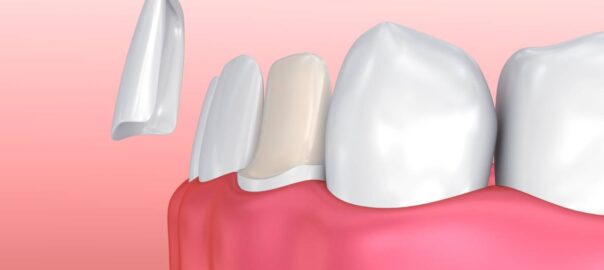
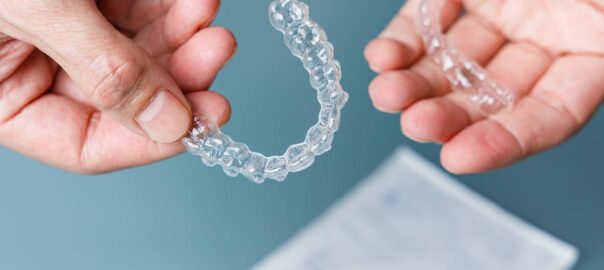

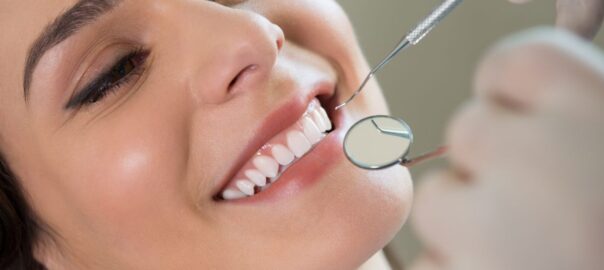


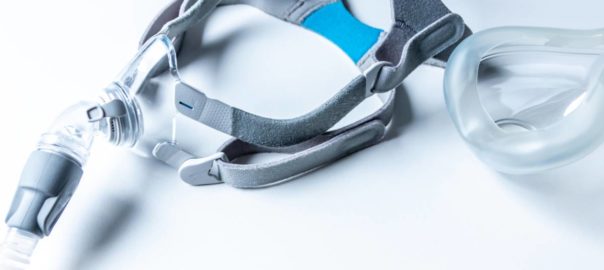
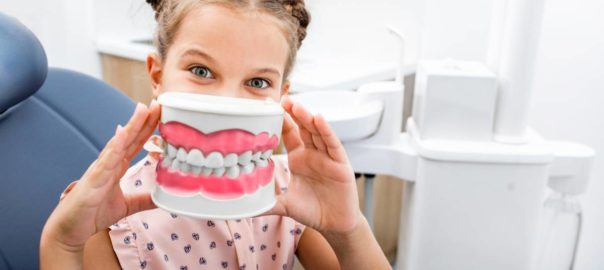


 Yelp
Yelp I have never had a better dental experience prior to my visit with Dr. Zabolian. It was pain free for the first time ever, the staff was friendly, accommodating to my schedule, there were no problems with my insurance claims... I am so happy I have found a dentist (after all these years) I feel so comfortable going to and also taking my family.
I have never had a better dental experience prior to my visit with Dr. Zabolian. It was pain free for the first time ever, the staff was friendly, accommodating to my schedule, there were no problems with my insurance claims... I am so happy I have found a dentist (after all these years) I feel so comfortable going to and also taking my family. 






